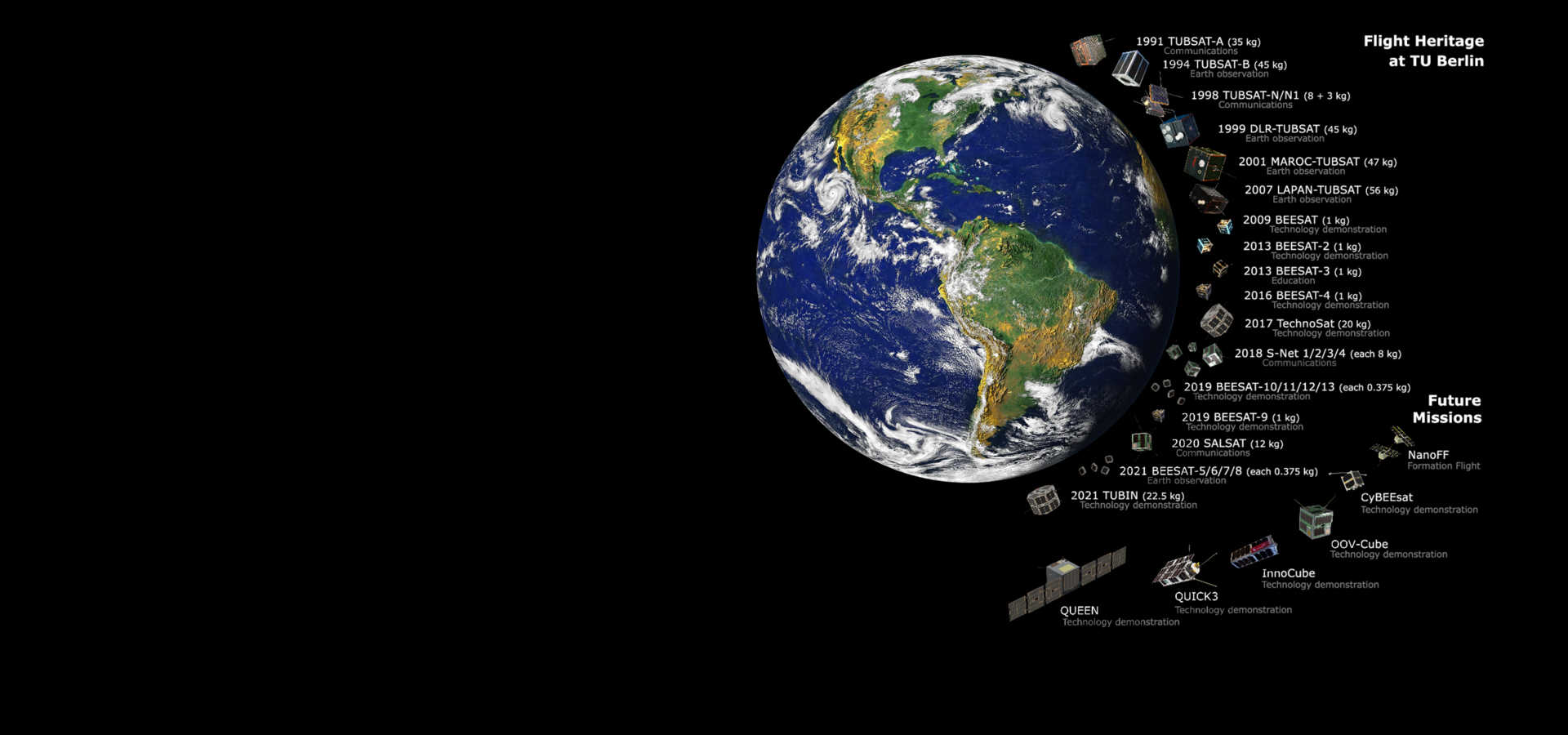Aktuelles
Kommende Veranstaltungen
Keine aktuellen Veranstaltungen gefunden.
Standort
Sekretariat F6
| Einrichtung | Fachgebiet Raumfahrttechnik |
|---|---|
| Sekretariat | F 6 |
| Gebäude | F |
| Raum | F 516 |
| Adresse | Marchstraße 12-14 D-10587 Berlin |
| Einrichtung | Fachgebiet Raumfahrttechnik |
|---|---|
| Sekretariat | F 6 |
| Gebäude | F |
| Raum | F 510 |
| Adresse | Marchstraße 12-14 D-10587 Berlin |


